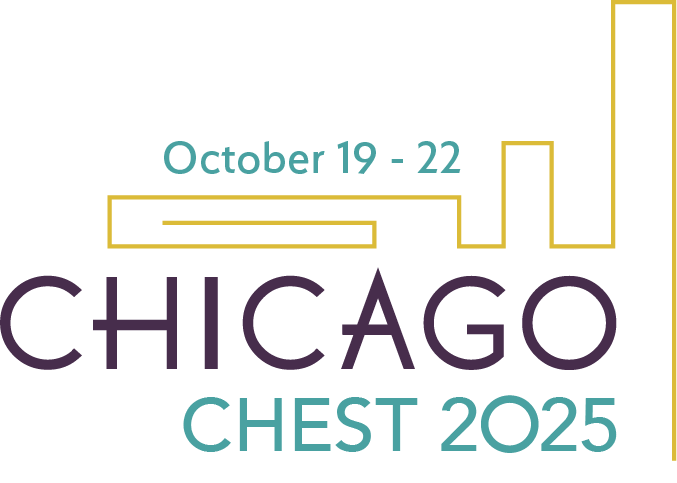
Chest binding is an important gender-affirming practice that can help alleviate chest dysphoria, promote comfort and self-affirmation, and reduce experiences of misgendering. Among transgender and gender-diverse adolescents assigned female at birth, more than 60% report engaging in chest binding.1–2
Although generally considered safe when practiced with appropriate guidance, chest binding may be associated with physical effects that warrant clinical awareness. Commonly reported symptoms include musculoskeletal or chest discomfort, skin irritation, and respiratory symptoms such as dyspnea, with less frequent reports of rib fractures.3–4 These effects typically emerge within the first year of binding, whereas some, such as skin changes or rare complications, may develop over longer durations. Importantly, there is currently no evidence of progressive or irreversible pulmonary dysfunction attributable to chest binding.
Current evidence indicates that chest binding causes acute, reversible restrictive changes in pulmonary function while the binder is worn but does not appear to cause long-term impairment of lung function in transgender and gender-diverse youth.5 In a recent study, binding was associated with temporary reductions in vital capacity, FVC, and FEV1—both in absolute and percent-predicted values.5 Regarding exercise tolerance, a pilot study in adolescents found no significant differences in cardiopulmonary exercise testing parameters with or without a binder, although overall fitness levels were below expected values—likely reflecting multifactorial influences, such as reduced physical activity.6
Although direct evidence remains limited, chest binding may affect sleep quality through physical discomfort or respiratory symptoms, and binding during sleep is generally not recommended. Clinicians should address this topic sensitively as part of comprehensive, gender-affirming care, routinely assessing sleep health and providing guidance on safer binding practices, including the importance of removing binders before sleep.7–8 Ongoing research is needed to further clarify the relationship between binding and sleep health in transgender and gender-diverse individuals.
Evidence-based strategies to promote safer binding include the following recommendations:
- Use commercial binders rather than improvised methods (eg, bandages or tape), as commercial binders are associated with fewer adverse effects.4
- Limit binding duration to fewer than eight hours per day, incorporate regular breaks, and avoid binding during sleep or vigorous physical activity.7,9
- Monitor for symptoms and adjusting practices if discomfort or other concerns arise, with timely medical evaluation for persistent issues.3,9
Clinicians should provide culturally competent, inclusive care and actively seek ongoing education to reduce stigma and enhance outcomes.1,9–10 Open, informed discussions about binding are essential, as most youth obtain guidance online rather than from health care professionals.1,7 Multidisciplinary collaboration and referral networks are key to delivering comprehensive gender-affirming care, and further research is needed to guide standardized monitoring and long-term outcome assessment in both youth and adults.11
References
1. Julian JM, Salvetti B, Held JI, et al. The impact of chest binding in transgender and gender diverse youth and young adults. J Adolesc Health. 2021;68(6):1129-1134. doi:10.1016/j.jadohealth.2020.09.029
2. Bishop MD, Caba AE, Watson RJ, Fish JN. Chest binding: sociodemographic characteristics among a national sample of transgender and gender diverse adolescents. J Adolesc Health. 2024;74(6):1256-1259. doi:10.1016/j.jadohealth.2024.01.013
3. Peitzmeier SM, Silberholz J, Gardner IH, Weinand J, Acevedo K. Time to first onset of chest binding–related symptoms in transgender youth. Pediatrics. 2021;147(3):e20200728. doi:10.1542/peds.2020-0728
4. Peitzmeier S, Gardner I, Weinand J, Corbet A, Acevedo K. Health impact of chest binding among transgender adults: a community-engaged, cross-sectional study. Cult Health Sex. 2017;19(1):64-75. doi:10.1080/13691058.2016.1191675
5. Akgül S, Tüzün Z, Pehlivantürk Kızılkan M, et al. The impact of chest binding on pulmonary functions of trans and gender diverse youth. J Adolesc Health. 2025;76(1):37-43. doi:10.1016/j.jadohealth.2024.07.031
6. Voss RV, Carl R, Kuhns LM, et al. The impact of chest binding on exercise capacity in transgender and gender diverse adolescents. J Adolesc Health. 2025;76(1 Suppl):S1054-139X(25)00406-9. doi:10.1016/j.jadohealth.2025.08.024
7. Lee A, Simpson P, Haire B. The binding practices of transgender and gender-diverse adults in Sydney, Australia. Cult Health Sex. 2019;21(9):969-984. doi:10.1080/13691058.2018.1529335
8. Auer MK, Liedl A, Fuss J, et al. High impact of sleeping problems on quality of life in transgender individuals: a cross-sectional multicenter study. PLoS One. 2017;12(2):e0171640. doi:10.1371/journal.pone.0171640
9. Peitzmeier SM, Gardner IH, Weinand J, Corbet A, Acevedo K. Chest binding in context: stigma, fear, and lack of information drive negative outcomes. Cult Health Sex. 2022;24(2):284-287. doi:10.1080/13691058.2021.1970814
10. American College of Obstetricians and Gynecologists. Health care for transgender and gender diverse individuals: ACOG Committee Opinion summary, number 823. Obstet Gynecol. 2021;137(3):554-555. doi:10.1097/AOG.0000000000004296
11. Singh P, Lopez X. Gender-affirming medical treatments. Child Adolesc Psychiatr Clin N Am. 2023;32(4):789-802. doi:10.1016/j.chc.2023.05.007
